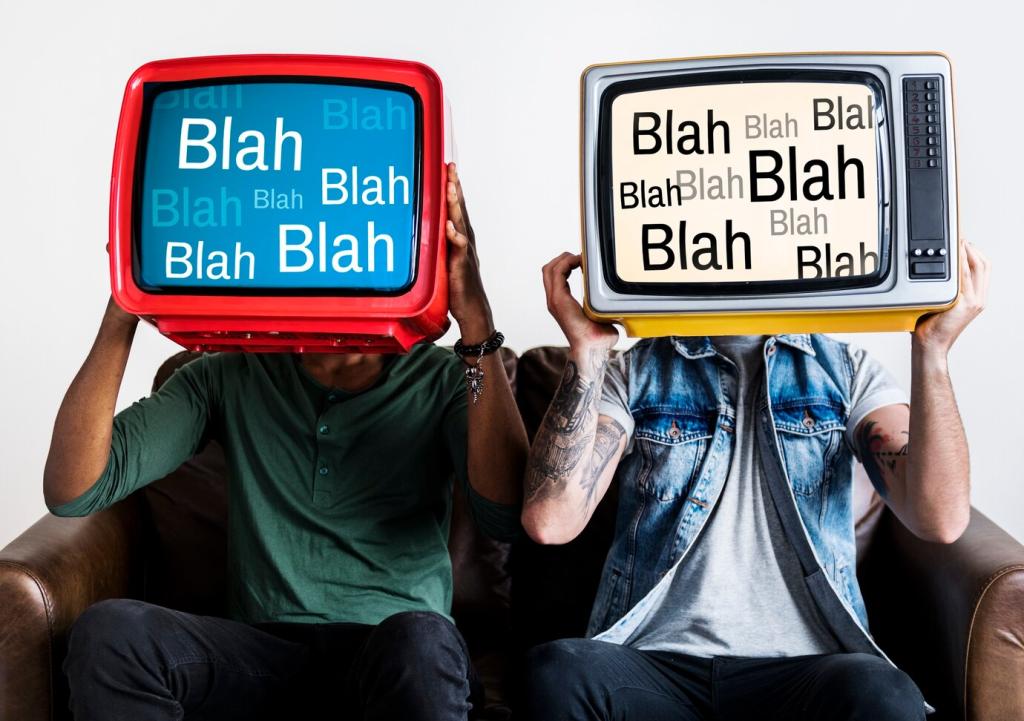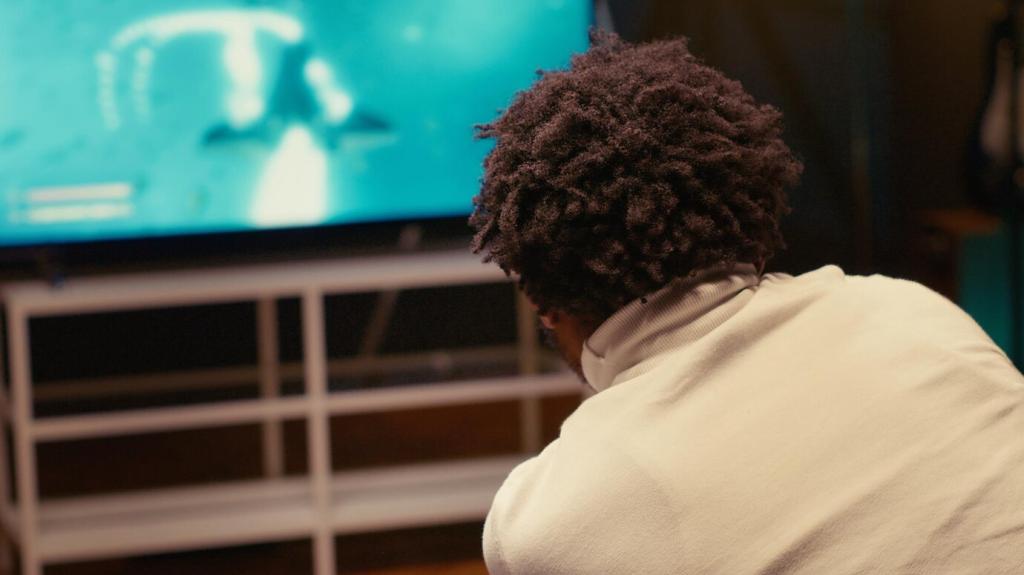Why Television Music Documentaries Matter
When music documentaries air on television, they enter everyday life. A Tuesday night broadcast can ignite multigenerational chats, inspire unexpected playlists, and turn once-niche histories into shared culture that stretches far beyond fan clubs and specialized forums.
Why Television Music Documentaries Matter
Television’s scheduled presence invites casual audiences to sample unfamiliar genres. A curious channel flip becomes a window into jazz legacies, regional scenes, or independent labels, proving discovery often begins with comfort, consistency, and a well-timed documentary slot.






